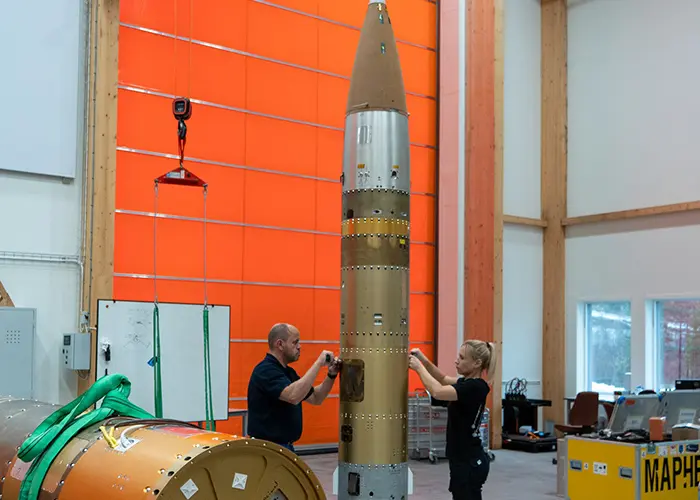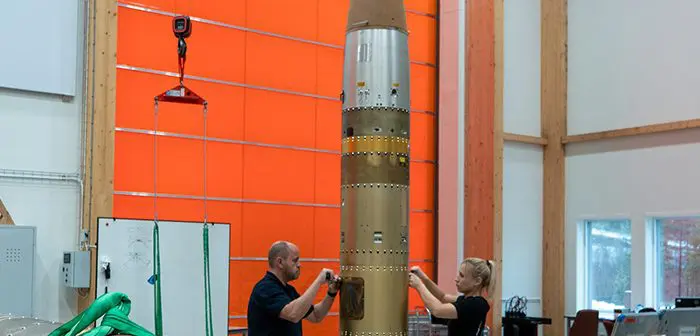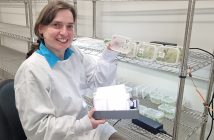
Australia’s hypersonics capability has taken another major step forward with the successful launch of a new flight experiment developed under the iLAuNCH Trailblazer Fast Track Program. The experiment, GAsFEx-2 (Germany Australia Flight Experiment), flew aboard the German Aerospace Center’s MAPHEUS-16 sounding rocket mission, marking a significant milestone for sovereign hypersonic research.
Led by the University of Southern Queensland (UniSQ) in partnership with the Technical University of Munich (TUM), the DLR’s Mobile Rocket Base (MORABA), and Queensland-based aerospace startup HyperFlight Systems, the project aims to establish a cost-effective, flight-proven model for hypersonic testing by using a “ride-along” approach. Instead of dedicating an entire rocket to a single experiment, small aerothermodynamic payloads can be integrated into existing sounding-rocket missions — reducing cost and complexity by up to 95% compared to traditional standalone campaigns.
Building on the success of GAsFEx-1 in 2024, the second flight incorporated upgraded avionics, improved sensing capability and enhanced recovery mechanisms. The GAsFEx-2 experiment was mounted in the forward nosecone of MAPHEUS-16, where the UniSQ-led team collected temperature and flight-condition data during the vehicle’s hypersonic ascent.
Professor Ingo Jahn, project lead at UniSQ’s Hypersonics and Rocketry Group, said the mission demonstrates a major leap in accessibility for hypersonic R&D. “This successful flight is a key step toward making hypersonic flight testing more accessible, affordable, and reliable. By demonstrating our ability to design, manufacture and fly ride-along hypersonic payloads, we’re opening new opportunities for industry and academia. Flight data is critical in developing hypersonic technology — to validate systems, evaluate new materials, or test theoretical models and computational simulation tools.”
DLR MORABA provided access to the payload structure and supported integration and testing. Marcus Hörschgen-Eggers from MORABA said the collaboration delivered a unique scientific dataset. “Special attention was placed on enabling autonomous integration of the rideshare experiment without interfering with the main payload. In close collaboration with UniSQ, the GAsFEx measurement system was integrated and function-tested at MORABA facilities before launch. The partnership with TUM closes the loop between in-flight measurements and numerical monitoring, resulting in a unique and valuable joint data set.”
HyperFlight Systems contributed next-generation avionics hardware and gained flight heritage for newly developed systems aimed at hypersonic applications. Principal Engineer Robert Pietsch said the project accelerates the company’s development roadmap. “This collaboration provides a platform for us to prove new avionics designs in a relevant hypersonic environment. Working alongside UniSQ and international partners strengthens Australia’s aerospace capability by building local expertise in hypersonic flight systems.”
The successful mission strengthens UniSQ’s emerging end-to-end capability in hypersonic validation, combining flight tests with ground-based replication in its TUSQ hypersonic wind tunnel. By aligning real-world flight conditions with precisely scaled wind-tunnel experiments, UniSQ is establishing one of the few integrated hypersonic research pathways globally.
The GAsFEx-2 success also marks a wider achievement for the iLAuNCH Trailblazer initiative, which aims to accelerate high-impact collaboration between industry and academia and advance sovereign space capability within Australia.





